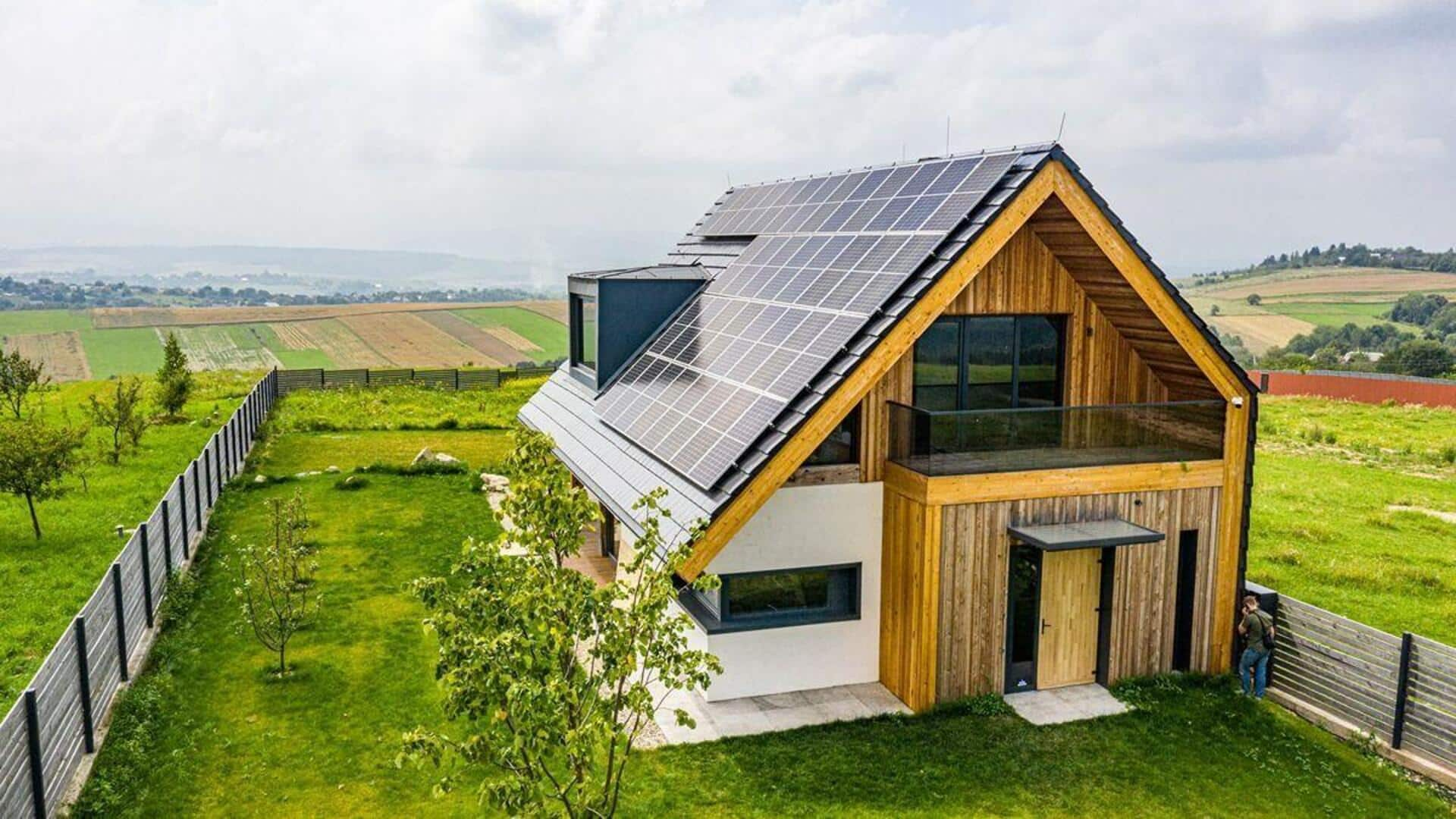
Create eco-friendly homes in Africa like a pro
What's the story
Constructing green homes in Africa is crucial as the continent is highly susceptible to climate change. This article explores practical and innovative solutions for building sustainable residences. It focuses on energy efficiency, utilizing local materials, and harnessing traditional techniques. By adopting these strategies, homeowners can contribute to environmental conservation. Plus, they benefit from cost savings and improved living conditions.
Local materials
Utilize local building materials
Why is it important to use local building materials in eco-friendly construction? Materials like adobe, thatch, and bamboo are sustainable and eliminate the need for long-distance transportation, which contributes to a significant carbon footprint. They are usually cheaper than imported materials and contribute to the local economy. They offer natural insulation, keeping homes cooler in hot climates and warmer in cold climates.
Solar power
Harness solar energy
Incorporating solar panels into home designs takes advantage of Africa's plentiful sunlight for energy. These panels can provide electricity for lighting, heating, and appliances, reducing reliance on non-renewable energy sources. The price of installing solar panels has fallen significantly over the years, making it more affordable. Plus, using solar energy contributes to cleaner air by minimizing the burning of fossil fuels that produce harmful emissions.
Water saving
Implement water conservation techniques
Water shortage is a critical issue in Africa, and many parts of the continent are experiencing severe droughts. By implementing water-saving techniques such as rainwater harvesting systems, they can help alleviate water scarcity. Collecting rainwater for household use not only decreases reliance on municipal water supplies but also reduces water bills. Even simpler solutions like using low-flow faucets and toilets can make a big difference in conserving water.
Greenery integration
Integrate green spaces
Incorporating green spaces into residential areas fosters biodiversity and helps combat climate change by removing harmful carbon dioxide from the air. Strategically planting trees around properties creates natural shade, lowering building temperatures and minimizing reliance on air conditioning. Plus, establishing vegetable gardens not only adds aesthetic appeal but also empowers residents to cultivate their own organic produce, strengthening food security.
Ventilation optimization
Optimize natural ventilation
Designing homes to take advantage of natural ventilation is key to keeping interiors cool without the need for electric fans or air conditioning units. Positioning windows and doors strategically facilitates cross-ventilation, which can significantly reduce indoor temperatures. Features such as wide eaves or verandas shield openings from the sun's rays while enabling cooling breezes to circulate through living areas.